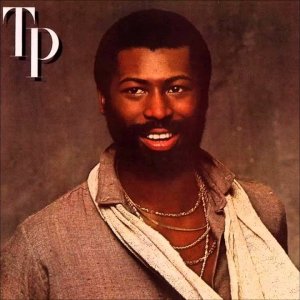10. Youth and teachers played a significant role in the Selma Movement.

Bettie Mae Fikes.
“I find it so strange now that people are writing stories just as if they were there from the beginning. The movement was on its final stages by the time they stepped out, yet they’ve taken all the credit. All the young people, like my classmate Cleophus Hobbs, have been written out of the Selma Movement.” — Bettie Mae Fikes in Hands on the Freedom Plow
An important breakthrough in the Selma Movement came when schoolteachers, angered by a physical attack on Mrs. Boynton, marched collectively to the courthouse on Jan. 22, 1965. Despite the prominence of King and a handful of ministers in our history books, throughout the South most teachers and ministers stayed on the sidelines during the movement. Hired and paid by white school boards and superintendents, teachers who joined the Civil Rights Movement faced almost certain job loss.

Rachel West and Sheyann Webb, 1965. (c) Univ-Ala. Press
In Selma, the “teachers’ march” was particularly important to the young activists at the heart of the Selma movement. One of them, Sheyann Webb, was just 8 and a regular participant in the marches. She reflects,
“What impressed me most about the day that the teachers marched was just the idea of them being there. Prior to their marching, I used to have to go to school and it was like a report, you know. They were just as afraid as my parents were, because they could lose their jobs. It was amazing to see how many teachers participated. They follow[ed] us that day. It was just a thrill.” —Sheyann Webb, inVoices of Freedom
Too young to register themselves, the young activists took heart from their teachers’ courage and determination. In general, the Civil Rights Movement was dominated by people we might call “unexpected actors.”
High school students sing freedom songs in Brown Chapel. © John Kouns, 1965
Young students marching for voting rights are placed under arrest. © John Kouns, 1965
Though the top-down approach to the Civil Rights Movement focuses on King, presidents, and the Supreme Court, at the grassroots level, the Movement was dominated by young people, women, and others with limited formal education and scarce economic resources.Young students marching for voting rights are placed under arrest. © John Kouns, 1965







